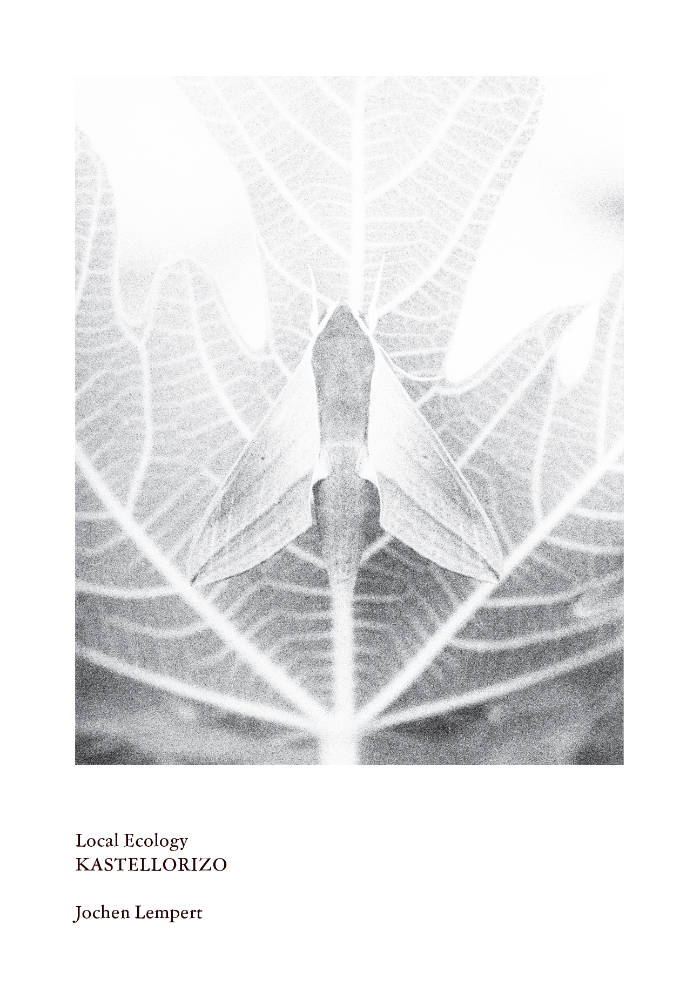Jochen Lempert brings his signature blend of scientific sensitivity and poetic vision to the remote Greek island of Kastellorizo.
Known for his black-and-white photographs and background in biology, Lempert turns his lens to the subtle presences of animal, vegetal, and mineral life on this isolated Mediterranean outpost.
Through a series of quietly observational images, Lempert documents the island's micro-ecologies with a field biologist's care and an artist's attunement to form and chance. As always, he eschews dramatic framing and post-production, relying on natural light, analog processes, and an acute sense of timing.
What emerges is a slow, intimate portrait of a place, where natural history and everyday life are entangled, where the ephemeral and the enduring coexist. Not only a record of a particular geography, Local Ecology. Kastellorizo delves into themes of observation, belonging, and the delicate ecosystems that support life in isolated places.
The photographs included in this publication were taken in the summer of 2019 during a residency at La Società delle Api in Kastellorizo, Greece, based on an idea by Cristiano Raimondi.
Jochen Lempert (born 1958 in Moers) is a German photographer. Trained as a biologist specializing in dragonflies, he began his career as a photographer in 1989, at the age of 31, developing an artistic practice based on this scientific heritage, marked by images of nature where the animal and vegetal go hand in hand.







